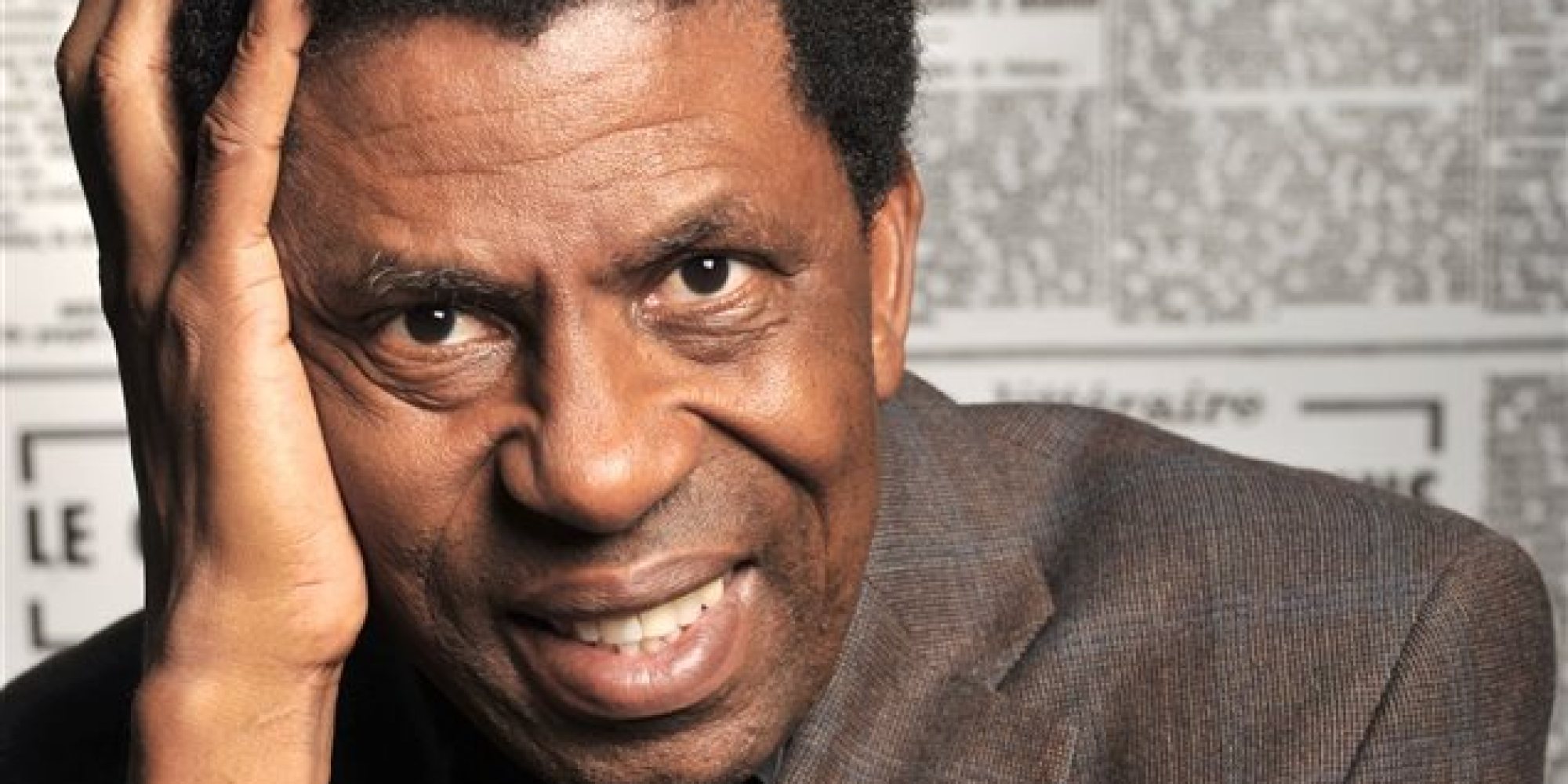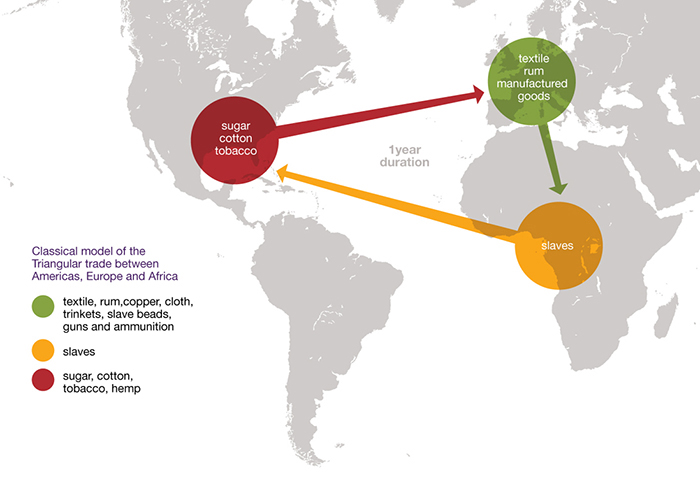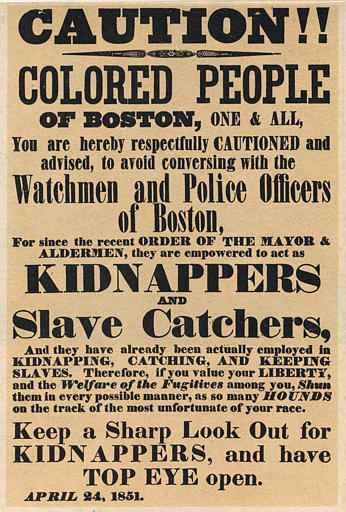The presence of the past in present times is an aspect of Black Atlantic Studies that interests me – and probably many others – a lot. I guess that it’s also one of the reasons why I am so interested in writers of the Haitian diaspora. With the Haitian Revolution that occured from 1791 to 1804, the creation of the first black independent country, and then the various regimes that followed, with the historical influence of France and the US, the way Haitian writers construct their identity, and writers of the diaspora negotiate it as exiles, reveals to be fascinating.
One of the writers of the Haitian diaspora that I read and studied the most is Dany Laferrière, now member of the French Academy since December 2013. Born in Port-au-Prince in 1953, raised by his grandmother in Petit-Goâve, he left Haiti for Montreal, Canada, in 1976, just after one of his best friends and colleague Gasner Raymond was killed by the Haitian milice – Jean-Claude Duvalier’s “tontons macoutes.” Intellectuals and opponents to the Duvalier regime did not have much of a choice at that time; Laferrière’s real first name, Windsor Kléber, was changed to “Dany” in the public and private sphere because his father, former mayor of Port-au-Prince who left when Laferrière was only a child because of his political ideas, was on the black list of the Duvalier militia and was also forced into exile to escape it.
Dany Laferrière has spent more than 25 years in Montreal, 12 in Miami, and the series of 10 autobiographical novels formed what he called his “American autobiography.” One of them, entitled Pays sans chapeau (1996) – translated as Down Among the Dead Men in the English version, or, more literally; “Country with no hat” – focuses on the narrator’s return to Haiti after spending 20 years abroad. Laferrière splits his narrative in two: chapters alternate between “pays réel” and “pays rêvé” (“real country” and “dream country”). In chapters on the “dream country,” the narrator is warned that while Haiti belongs to the living during daytime, an army of zombies occupies it at night.
When I read Laurent Dubois’s Avengers of the New World (2004) in which he cites what Dessalines is believed to have said:
“Dessalines had convinced the ‘Congos’ who fought for him that it would be a blessing if they were killed by the French, for they would ‘immediately be transported to Guinea, where they would once again see Papa Toussaint, who was waiting for them to complete his army, which was destined to reconquer Saint Domingue’” (275)
I couldn’t help drawing some kind of parallel with Pays sans chapeau. I clearly do not know enough about vodun to have a really informed argument about this, but from what I understand, Laferrière’s army of zombies strangely reminded me of Dessalines’s army.
“L’au-delà. Est-ce ici ou là-bas?” (Laferrière, 63)
Moreover, a second connection between Dessalines and Laferrière is to be found in the title of the book. Indeed, as Laferrière says it, the title of the book, Pays sans chapeau, refers to Heaven (“ce curieux pays où personne ne porte de chapeau” p. 222). However, in writing a narrative specifically about Haiti and wondering where the hereafter is, the author links Heaven with Haiti, hereby echoing Dessalines’s promise that all dead slaves would find Toussaint in Africa in order to ultimately go back to Saint-Domingue. Haiti was seen as a reward for fallen slave soldiers, like Heaven. Therefore, the presence of this past in contemporary diaspora literature is clear, and I am sure that many more links than the few I have just mentioned could be drawn.
“Le jour à l’Occident. La nuit à l’Afrique” (Laferrière, 58-59)
My last point focuses on the narrator’s Haiti as a two-face country: both turned towards the Western world and the US with its fast red cars and the evolution of its society, and turned towards Africa and its culture through art, the reign of vodun and zombies at night. Can we read something in the time of the day allotted to the two worlds? Western during the day, African at night – is Laferrière writing about himself, contemporary Haiti, or only his narrator’s Haiti? This division of time seems quite revealing. If we associate day and night with our state of consciousness, and the way Laferrière refers to them also shows us the way, the African Haiti is the “dreamed” country, or in other words, corresponds to the world of dreams: the unconscious. The Western/American Haiti is what the narrator sees during the day, that is to say, in the world of “reality,” when he is conscious. I cannot go into to many details here, but as many of us have already read or heard, Freud referred to the conscious state as the tip of the iceberg, the public world, and the unconscious as what is beneath the water; the “repressed,” the private world, the one of desires and fantasies. As much as African culture is part of contemporary Haitian culture, Laferrière here associates it with the unconscious, the “repressed.” It’s almost as if the narrator’s Haiti was wearing a mask – a western mask – but was hiding its true self and roots. This idea of masks actually makes me think of Frantz Fanon’s Peau noire, masques blancs (1952) – Black Skin, White Masks in English…
“On parle français [en Haïti]” (Michel Martelly, TV5 Monde)
Finally, another telling anecdote about this division in present times happened recently. While current Haitian President Michel Martelly was being interviewed by a French journalist on TV5 Monde in February of this year, he said that Haitians spoke French in Haiti, but « forgot » to mention Creole as the other official language (the only one that all Haitians speak, compared to French which is actually spoken by only about 10%). When Martelly said that Haitians spoke French in Haiti, the French journalist added “and Creole!” and Martelly nodded, only to state again a few seconds later than French is the official language – instead of saying it’s one of the two official languages, “forgetting” Creole again. But is it really an oversight? This goes back to the idea of masks and the dichotomy between public and private: on the one hand, French as a western language is what Haitians speak in the public world, it is used in the government, administration, is seen as one of the language of culture, and is the language Haitians speak, according to Martelly. But on the other hand, Creole, which is the language used in the private sphere and the only language all Haitians speak, has roots in both French and African languages, and seems to be, as a result, publicly repressed.
Here is a link to the video in French. Go to 11:00 to watch the extract I am discussing above.
Works cited:
Laferrière, Dany. Pays sans chapeau, Outremont, Québec: Lanctôt Editeur, 1996.
Dubois, Laurent. Avengers of the New World, Cambridge, Mass. : Belknap Press of Harvard University Press, 2004.







